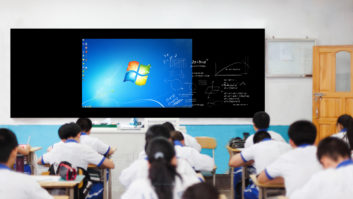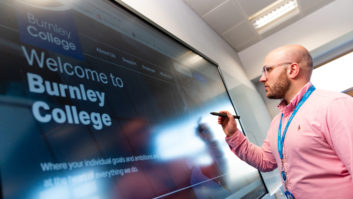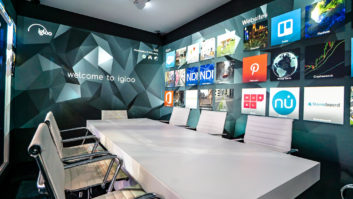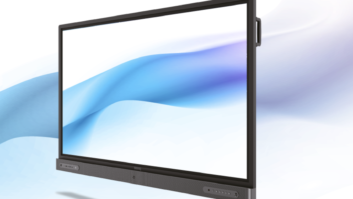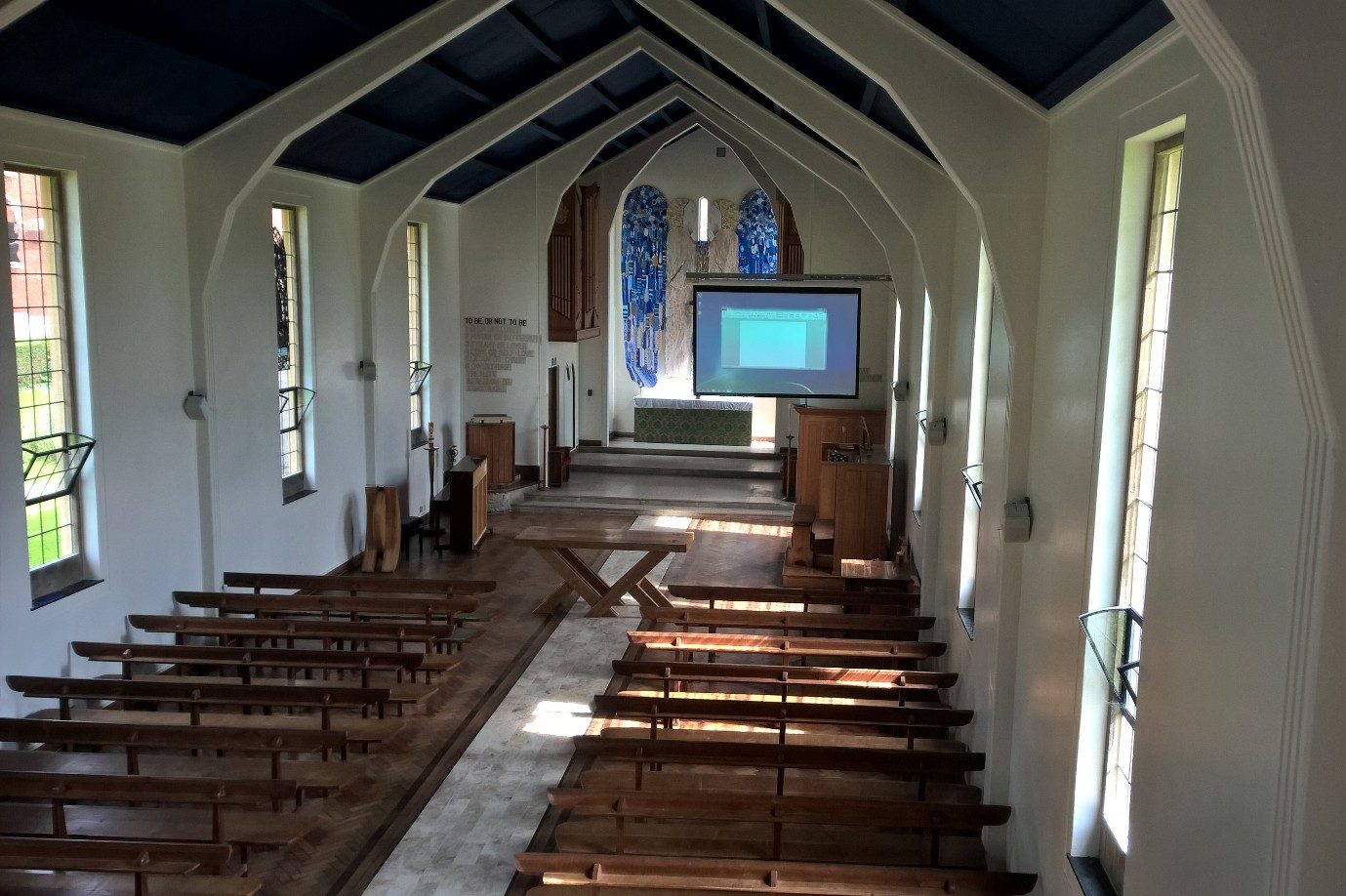
Adrian Kite, sales manager at BenQ UK reveals the different elements companies need to balance to be successful in the education market, and provides an update on the manufacturers collaboration with Qwizdom.
Do you find education institutions more price-conscious than other sectors when specifying AV equipment?
Yes, very much so. Schools are becoming much more savvy in purchasing equipment. The rise of academy groups, which act like mini local authorities, has given schools purchasing power. These academies look to get the most ‘bang for their buck’ meaning schools are now not just looking for out-of-the-box hardware but long-term solutions. For example, service offerings that include regular maintenance and warranties. Those services are becoming more important during the purchasing cycle. I believe most suppliers are now trying very hard to maintain a high level of service while striving to be the most competitively priced.
Have you noticed education environments moving away from traditional interactive whiteboards in favour of UST projection and wirelessly connected mobile devices/tablets?
There is a definite rise in wirelessly connected mobile devices in education environments in the UK. I’ve seen some examples of schools opting for non-interactive large format displays and devices as an alternative to the traditional whiteboard. UST projection offers schools many advantages that include enhanced sharing, interaction and class collaboration, also in terms of simplifying installation and reducing total cost of ownership, but I see a clear trend towards interaction flat screen panel technology. Personally, I believe an interactive display with some kind of screen-casting technology offers the best combination of ‘front of class’ teaching and collaboration.
How successful has BenQ’s partnership with Qwizdom been? And are you planning any further collaborations in the education space?
Since BenQ announced the partnership in April 2016, it has been incredibly successful. With Ocktopus being the only locally installed presentation solution on the market, it opened up the opportunity for BenQ to offer its customers four comprehensive software solutions. These solutions delivered specific tools for teaching, eight polling questions and tablet collaboration over a local network.
BenQ is primarily a hardware manufacturer, so the company sees partnerships with education software providers as a key part of its strategy and growth. Also, the company believes that working with such partners as Ocktopus helps to offer the best all round packages for customers, giving them more than the current market provides.
How much does the focus on ease of use with education products, due to the end-user generally being teachers/students, affect functionality?
I think cost is a bigger limiter of functionality than the user’s ability. Having a competitive market with end-users demanding lower pricing means some functionality has to be omitted even if it is technically possible. Manufacturers work hard to make sure school equipment works effectively in the classroom environment with comprising functionality, especially with the rise of interactive learning. However, it’s always important to understand the end-user’s needs. For example, we may develop the next fantastic ground breaking feature for a product, but if it’s going to disrupt a lesson for 10 minutes to set-up, we haven’t understood our end-users needs properly.


